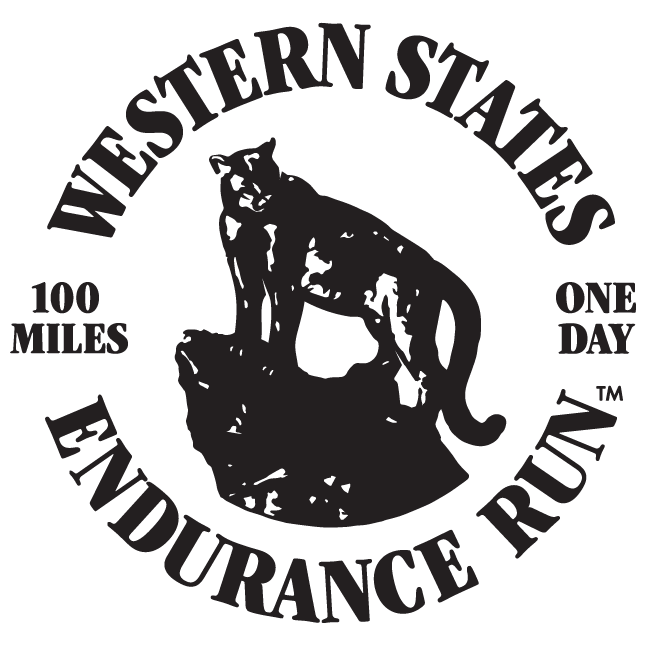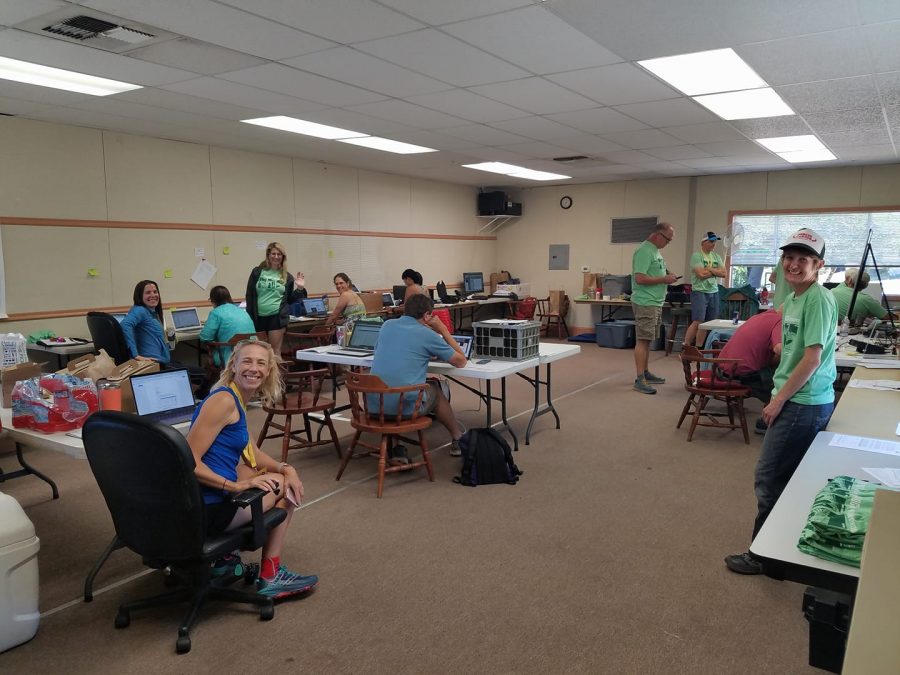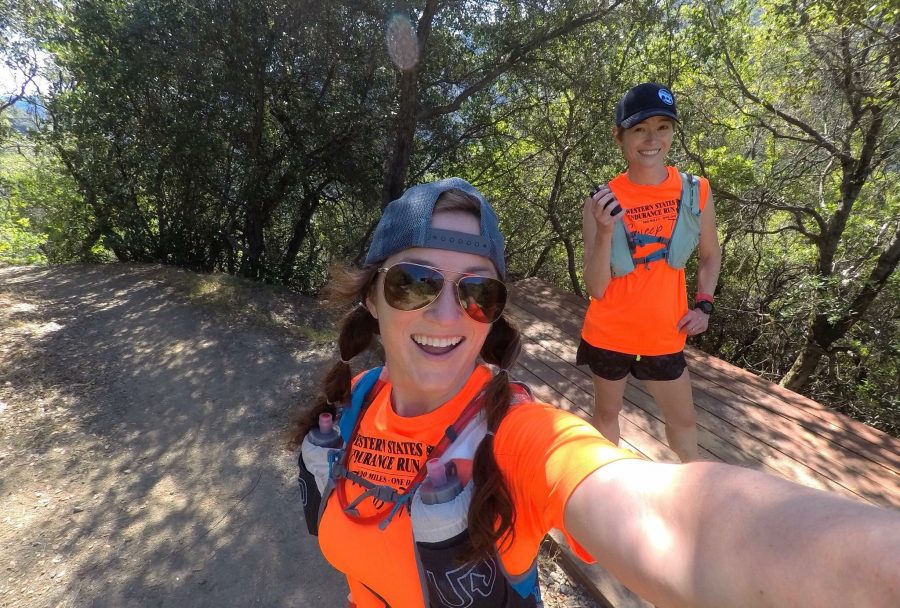FOR IMMEDIATE RELEASE
CONTACT: John Trent, media relations, (775) 842-4871, press@wser.org
SNOW YEAR? NOT QUITE … AT THE 2019 WESTERN STATES ENDURANCE RUN
Women’s champion Dauwalter and men’s champion Walmsley to defend titles against talented fields
The talk since the beginning of 2019 has been whether or not the Western States Endurance Run would be dramatically impacted by what seemed to be an endless Sierra winter. Although snow levels reached as much as 188 percent of normal earlier this spring, Race Director Craig Thornley reported earlier this week that the 46th running of the world’s oldest 100-mile trail race would not be using a re-routed or altered “snow course.” In fact, Thornley said, much of the snow from May had receded considerably for this year’s event, which starts on Saturday at 5 a.m. in Squaw Valley, Calif. The 100.2-mile event finishes at Placer High School in Auburn.
“There will be snow on the course, but the impact is going to be minimal compared to the way things looked during our Memorial Day Weekend training runs,” Thornley said. “We’ve had years where the snow was continuous for the first 25 to 30 miles of the course. That definitely won’t be the case this year.”
Based on reports from last weekend’s final trail maintenance work party, runners will encounter snow approximately four miles into the course for two miles, then in intermittent patches through Robinson Flat aid station at mile 30. Other than that, Thornley said the course is in “excellent” shape. Given a weather forecast that looks favorable on Saturday – the National Weather Service is calling for a high of 78 for the 62-mile mark in Foresthill, California – this year’s race is shaping up to highly competitive.
“Both fields are deep, talented and should be exciting to watch,” Thornley said, noting that both men’s course record holder, 2018 champion Jim Walmsley of Flagstaff, Ariz., as well as 2018 women’s champion, Courtney Dauwalter of Golden, Colo., are back to defend their titles. “Jim and Courtney are running really well,” Thornley said, alluding to the world record for 50 miles on the roads Walmsley set earlier this spring in Sacramento, as well as Dauwalter’s dominant win at the Tarawera 100K in New Zealand in February. “Jim and Courtney are going to be challenged by a number of really talented runners from around the world, though. It should be a great race.”
Other top female entrants include 2018 runner-up, Kaytlyn Gerbin, of Issaquah, Wash., as well as third-place women’s finisher Lucy Bartholomew, of Melbourne, Australia, and fourth-place finisher Amanda Basham of North Logan, Utah. 2018 men’s third-place finisher Mark Hammond of Millcreek, Utah, along with fourth-place finisher Ian Sharman of Bend, Ore. (shooting for his 10th straight Top-10 finish) and fifth-place finisher and 2018 Hardrock 100 champion Jeff Browning of Logan, Utah, lead the men’s contenders.
This year’s Race will be one of the more internationally flavored events in recent memory, with 80 foreign-born entrants from more than 25 countries.
WSER will also feature a runner who is visually impaired, Kyle Robidoux, from Roxbury, Mass., as well as an amputee runner, Dave Mackey, of Boulder, Colo., who finished second overall in 2004 to Scott Jurek. Mackey will be vying to become the first amputee athlete to finish the race since Amy Palmiero Winters in 2010. Scott Mills, 68, of Oceanside, California, will attempt to become just the seventh runner in Western States history to finish the race 20 times or more.
2019 WSER will also feature a rare finish line scene. Due to Placer High School football field artificial turf installation, the iconic finish on the Placer High track will be run in a reverse direction. Runners will enter the LeFebvre Stadium gates and then run their final 250 meters on the track in a clockwise direction, which is a different direction than past years. Race organizers will utilize a large grassy area west of the traditional finish line for all Race activities, operations, and camping.
WHAT: 46th running of the Western States 100-mile Endurance Run
WHEN: Saturday, June 29, 5 a.m. start at Squaw Valley, Calif., finish at Placer High School, Auburn, Calif. Western States Endurance Run: https://www.wser.org














































